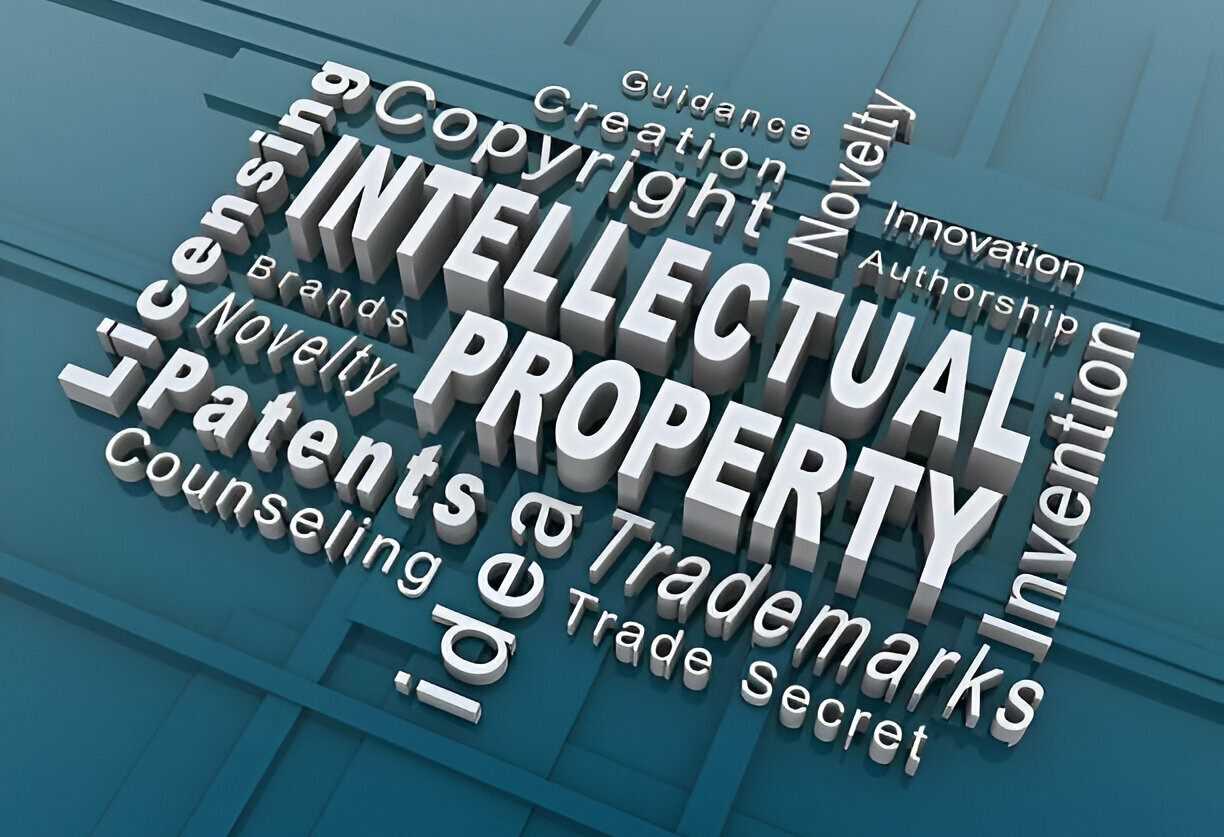The digital age has transformed how we create and share intellectual property. AI and blockchain are redefining copyright, trademarks, and patents. While these changes bring opportunities, they also create enforcement challenges.
Policymakers and legal experts must adapt traditional frameworks to modern realities. Balancing innovation with protection will shape the future of intellectual property rights.
Contents
AI-Generated Content and Copyright
AI is revolutionizing content creation, raising questions about ownership and copyright eligibility. Traditional laws were designed for human creators, leaving uncertainty for AI-generated works.
Without regulation, AI could disrupt creative industries and complicate revenue-sharing models. Legal frameworks must define authorship and ensure fair compensation.
AI also challenges originality. If AI learns from copyrighted materials, is the result unique or derivative? Governments must establish guidelines to protect both human creators and AI-driven content. Striking the right balance will be crucial in fostering innovation.
Blockchain for Copyright Protection
Blockchain offers a new way to authenticate and track intellectual property. Its decentralized nature can reduce copyright infringement and simplify royalty payments. Smart contracts allow automated rights management, benefiting creators worldwide. Widespread adoption could streamline intellectual property enforcement.
However, integrating blockchain into copyright law presents challenges. Legal systems must recognize blockchain-based registrations and address jurisdictional differences. Cooperation and investment are necessary for effective implementation.
Blockchain’s role in intellectual property protection depends on regulatory acceptance and technological progress.
Open-Source and Creative Commons
Open-source and Creative Commons licensing promote collaboration and innovation. Many creators now share their work freely, leading to major technological breakthroughs. Open licensing is reshaping traditional business models and copyright practices.
Despite its benefits, open-source licensing has risks. Misuse and lack of attribution can exploit creators. Intellectual property laws must ensure fair use while protecting rights. Clear and enforceable licensing agreements are necessary for sustainable innovation.
Global Intellectual Property Harmonization
Digital content easily crosses borders, complicating intellectual property enforcement. Different countries have varying copyright, trademark, and patent laws. Global efforts to harmonize intellectual property rights could simplify regulations and improve protection.
However, achieving harmonization is challenging. Economic and political differences hinder universal solutions. Some nations prioritize innovation over strict enforcement, while others focus on strong protections. Negotiating fair agreements remains a key challenge in the digital age.
Conclusion
The future of intellectual property rights depends on adapting to digital advancements. AI, blockchain, and open-source movements challenge traditional notions of ownership and enforcement. Legal frameworks must evolve to support innovation while safeguarding creators’ rights.
Global cooperation and technology-driven solutions will shape fair and sustainable intellectual property systems. Striking a balance between protection and accessibility is key to fostering creativity and innovation.

